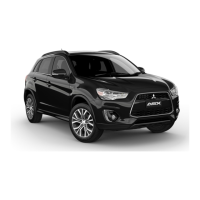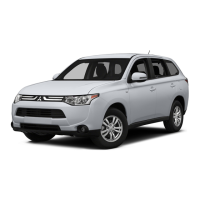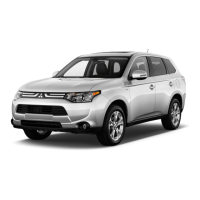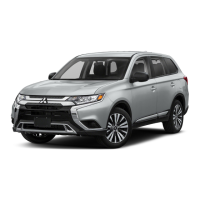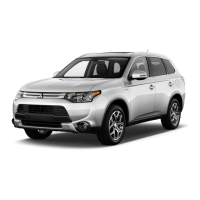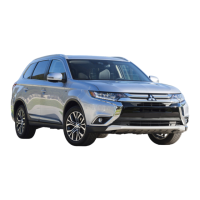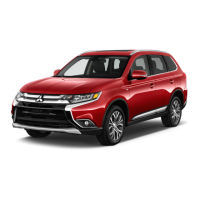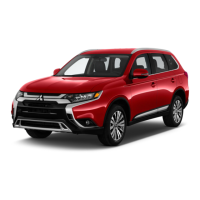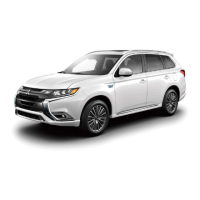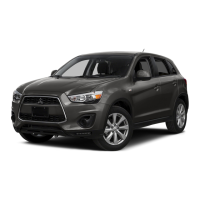N00836301230
If your vehicle breaks down on the road,
move to the shoulder and turn on the hazard
warning flashers. If there is no shoulder, or
the shoulder is not safe, drive in the right lane
slowly with the hazard lights flashing, until
you come to a safe stopping place. Keep the
flashers flashing.
If the engine stops, there will be no power
assist to the steering and brakes, making these
difficult to use.
The brake booster will not work, so the
brakes will not grip well. The brake pedal
will be harder to press than usual.
Since there is no power steering assist, the
steering wheel will be hard to turn.
Get help from your passengers, bystanders,
etc. to push the vehicle and move it to a safe
area.
N00836401778
If the engine cannot be started because the
battery is weak or dead, you can start it with
the battery from another vehicle using jumper
cables.
1. Take off any metal jewelry such as watch
bands or bracelets that might create an
accidental electrical contact.
2. Position the vehicles close enough
together so that the jumper cables can
reach, but be sure the vehicles aren’t
touching each other.
3. Set the parking brake firmly on your vehi-
cle and move the selector lever into the
“P” (PARK) position.
4. Set the parking brake firmly on the other
vehicle. Put the automatic transaxle in “P”
(PARK) or the manual transaxle in “N”
(Neutral).
5. Turn the ignition switch (the engine
switch) on each vehicle to the “LOCK” or
“OFF” position.
6. Make sure your battery electrolyte is at
the proper level. (Refer to “Battery” on
page 9-13.)
If the vehicle breaks down
If the engine stops/fails
When the engine fails at the
intersection
Jump-starting the engine
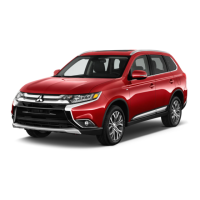
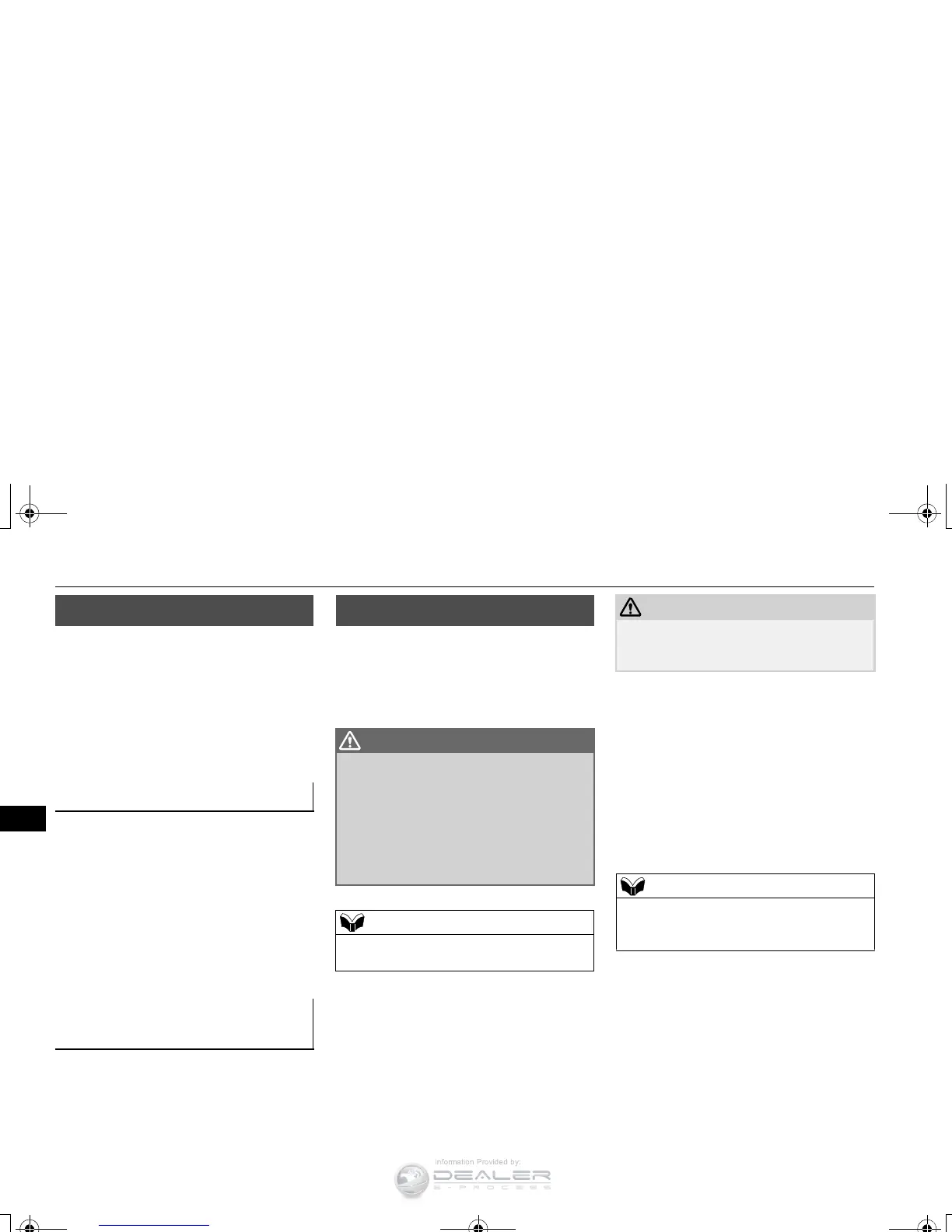